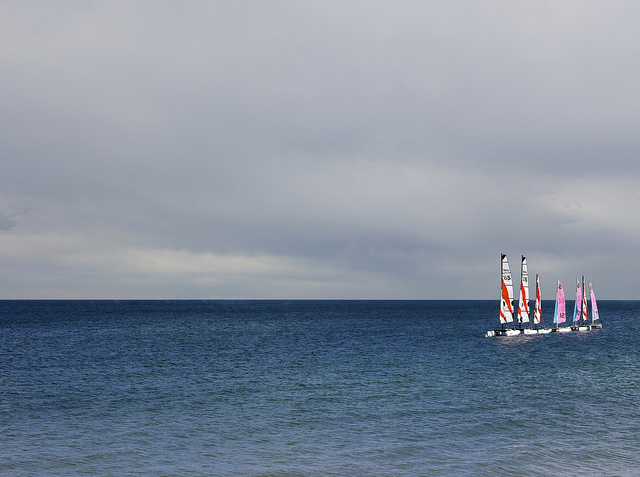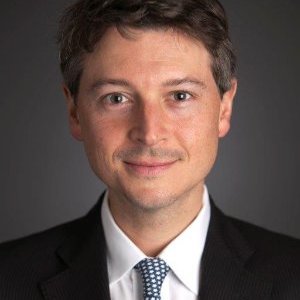Indexing pioneer John Bogle’s company, The Vanguard Group, has grown into a global giant with almost $3 trillion in assets; it is the largest provider of mutual funds and the second-largest provider of exchange- traded products in the world. With a wide variety of accessible investment options, the ability to capitalize on economies of scale, and a philosophy of passing the results of efficient operations to its investors in the form of lower costs, Vanguard has built a solid reputation and continues to attract the highest flows.
In addition to its strong expertise in passively-managed investments, Vanguard has also managed to grow its business on the active side. As of the end of 2014, Vanguard was the third-largest active fund manager in the world, with active assets exceeding $900 billion.
On Sept. 26, 2014, “bond king” Bill Gross announced his decision to leave PIMCO, the asset management company he co-founded, sending a shockwave throughout the investment world and prompting unprecedented outflows from PIMCO in the days following his departure.
PIMCO experienced outflows of $176 billion worldwide in 2014, or 26% of their 2013 assets. Outflows from PIMCO Total Return amounted to $96.1 billion in the space of only five months.
Outflows from PIMCO benefited other funds in the intermediate-term bond category. TCW enjoyed consistent inflows to Metropolitan West Total Return Bond MWTIX, which has a Morningstar Analyst RatingTM of Gold, and Gold-rated Dodge & Cox Income DODIX attracted significant amounts of investor money for Dodge & Cox.
BlackRock and iShares combined (they are really the same company) turn out to be the world’s third-largest fund asset manager after Vanguard and Fidelity, with a total of $1,862 billion in assets. They were able to produce organic growth rates above 10% on both the active (BlackRock) and passive (iShares) sides of their business.




 For Fórmate a Fondo
For Fórmate a Fondo